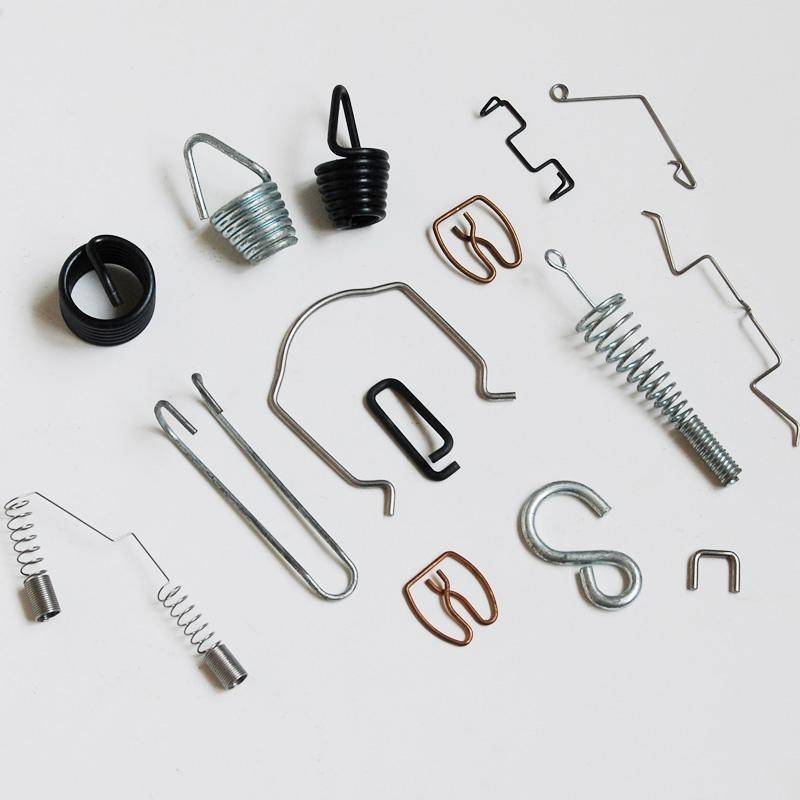
- Mobile Phone
- +8613931874955
- sales@cntcmetal.com
wire ties for brickwork
Wire Ties for Brickwork An Essential Component for Structural Integrity
In the field of construction and masonry, the importance of reliable connections cannot be overstated. Among various methods of ensuring structural integrity in brickwork, wire ties stand out as a vital component. These simple yet effective tools serve as a bridge between different building elements, enhancing stability and longevity in brick structures.
What are Wire Ties?
Wire ties are essentially slender metal fasteners that connect layers of brickwork or bind bricks to other materials such as concrete or masonry walls. Constructed from high-strength steel, these ties come in various shapes, sizes, and coatings, allowing builders to select the most suitable type based on specific project requirements. They are commonly used in cavity walls, where a space exists between two wythes (layers) of brick. This space is critical for insulation, drainage, and ventilation, but it also necessitates a secure connection to prevent deformation, cracking, or separation of the walls over time.
Why are Wire Ties Important?
1. Structural Stability One of the primary purposes of wire ties is to provide lateral support and stability to brick walls. As external forces such as wind or seismic activity exert pressure on a building, wire ties help keep the structure intact by distributing these forces evenly across the wall.
2. Preventing Wall Rupture In the absence of wire ties, there is a risk of the brickwork separating or cracking, particularly in cavity wall constructions. By tying the two wythes of the wall together, wire ties minimize the risk of wall rupture, maintaining the aesthetic and functional integrity of the building.
3. Enhancing Load-Bearing Capacity Wire ties play a significant role in the load-bearing capacity of walls. They enable structures to support heavier loads by ensuring that different parts of the wall work in unison, effectively redistributing weight and enhancing overall performance.
4. Facilitating Movement Extensive temperature changes can cause materials to expand and contract. Wire ties allow for some degree of movement while still holding the elements of brickwork together. This flexibility is crucial in minimizing stress concentrations that can lead to cracks and other forms of damage.
5. Cost-Effectiveness Using wire ties is a cost-effective way to ensure the resilience of masonry. The minimal investment in wire ties can significantly reduce the risk of future repairs attributed to structural failures, making them a smart choice for builders and property owners alike.
wire ties for brickwork

Types of Wire Ties
Various types of wire ties are available, each designed for specific applications
- Stainless Steel Ties Known for their corrosion resistance, stainless steel wire ties are ideal for environments that are exposed to moisture and other harsh conditions.
- Galvanized Ties Coated with a layer of zinc, galvanized wire ties offer a balance between affordability and protection against rust and corrosion.
- Polymer-Coated Ties These ties provide additional protection in the form of an aesthetically pleasing finish and enhanced resistance to the elements.
Installation Considerations
Proper installation of wire ties is crucial for optimal performance. Builders must consider factors such as spacing, alignment, and the specific materials being used in order to meet local building codes and standards. Generally, wire ties should be installed at regular intervals, often dictated by the height and design of the wall.
Conclusion
Wire ties may appear to be a simple component of brickwork, yet they serve a multifaceted role in enhancing the performance and longevity of masonry construction. From providing structural stability to ensuring load distribution and preventing material separation, their contribution is invaluable. As construction techniques evolve and the demand for resilient building practices grows, the significance of wire ties will undoubtedly remain a cornerstone of brickwork. For any builder or architect, understanding and utilizing wire ties effectively is a step toward achieving safe, durable, and aesthetically pleasing structures.
share:
-
Your Source for Concrete Wall Ties and Masonry AccessoriesNewsJul.10,2025
-
Unlocking the Power of Iron Wire for Every ProjectNewsJul.10,2025
-
Explore Advanced Chain Wire and Stainless Steel Mesh FencingNewsJul.10,2025
-
Discover the Benefits of Annealed Wire ProductsNewsJul.10,2025
-
Discover China Stainless Steel Wire Mesh SolutionsNewsJul.10,2025
-
Build with Confidence Using High-Performance Masonry AccessoriesNewsJul.10,2025
-
Why Sacrificial Formwork Is Redefining Underground ConstructionNewsJun.06,2025



















